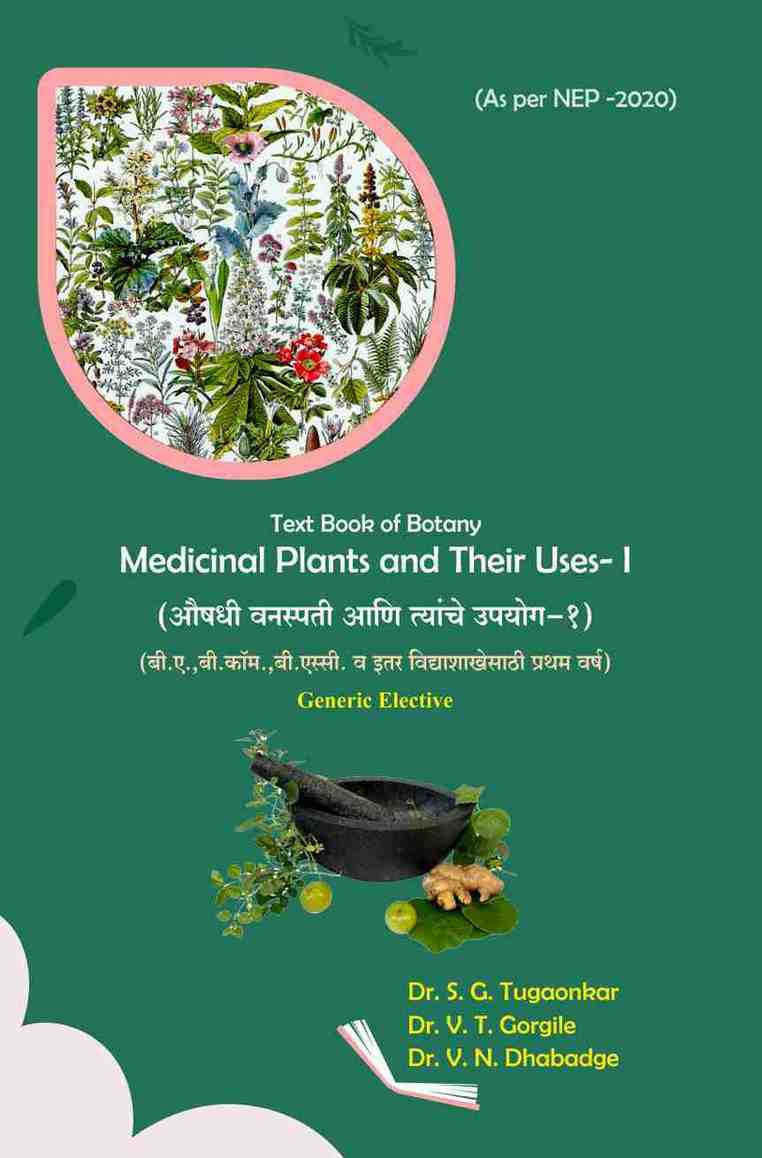Vermiculture and Vermicomposting
| University: | S.R.T.M.U. Nanded |
|---|---|
| Course: | B.Sc. |
| Year/Semester: | First Year - First Semester |
| Duration: | 19 Months |
| Book Pages: | 96 |
| E-Book Price: |
₹ 29
|
|---|---|
| Physical Book Price: |
₹ 150
|
| E-Book Buy Date: |
--
|
|---|---|
| E-Book Expiry Date: |
--
|
| Audio Buy Date: |
--
|
| Audio Expiry Date: |
--
|
A Text Book of Vermiculture and Vermicomposting
Author : Prof. Yashwant B. Patne
B.Sc. First Year
ISBN 978-93-6342-075-5
First Editon : 20 August 2024
Welcome to Vermiculture and Vermicomposting: A Comprehensive Guide. This textbook is designed for B.Sc. first-year students as part of their skill enhancement course in zoology, developed in accordance with the National Education Policy 2020 and aligned with the revised syllabus of Swami Ramanand Teerth Marathawada University, Nanded. The book explores the significance and practical applications of vermiculture and vermicomposting in modern agriculture, bridging classroom learning with real-world practice.
Book Index
Unit - 1
1.1 - Vermiculture – Definition, History, scope and economic importance.
1.2 - Earthworms – Taxonomic position and Diversity of different species of earthworms
1.3 - Eisenia fetida – Systematic Position, Morphology and Life cycle.
Unit - 2
2.1 - Common species for Vermiculture, Environmental requirements, Culture methods
2.2 - Applications of Vermiculture
2.3 - Earthworm pests and diseases
Unit - 3
3.1 - Vermicomposting Materials - Types of Vermicomposting :
a) Small scale Vermicomposting
b) Large scale Vermicomposting
3.2 - Methods of Vermicomposting
a) Bed Method b) Pit Method
3.3 - Phases and Steps of Vermicomposting
Unit - 4
4.1 - Harvesting - Nutrient Content of Vermicompost
4.2 - Advantages of Vermicompost - Vermiwash, Preparation and Applications
4.3 - Prospects of Vermiculture as self employment venture
➢ Unit 1 introduces vermiculture, covering its definition, history, scope, and economic significance. It also delves into the taxonomy and diversity of earthworms, with a special focus on Eisenia fetida detailing its systematic position, morphology, and life cycle.
➢ Unit 2 addresses practical aspects, including common species, environmental needs, culture methods, and issues related to pests and diseases.
➢Unit 3 covers vermicomposting materials, methods for small and large-scale operations, and includes a discussion of the bed and pit methods, along with the phases and steps required for effective vermicomposting.
➢Unit 4 discusses harvesting vermicompost, its nutrient content, advantages, and the preparation and applications of vermiwash, along with the potential of vermiculture for self-employment.
This book provides a structured approach to understanding these techniques, emphasizing their role in sustainable agriculture and economic development.

- --
- --














vivekanand Narwade 15-Sep-2024 10:53 am